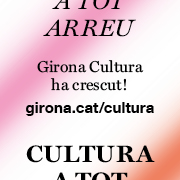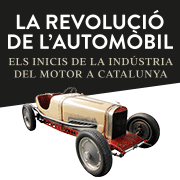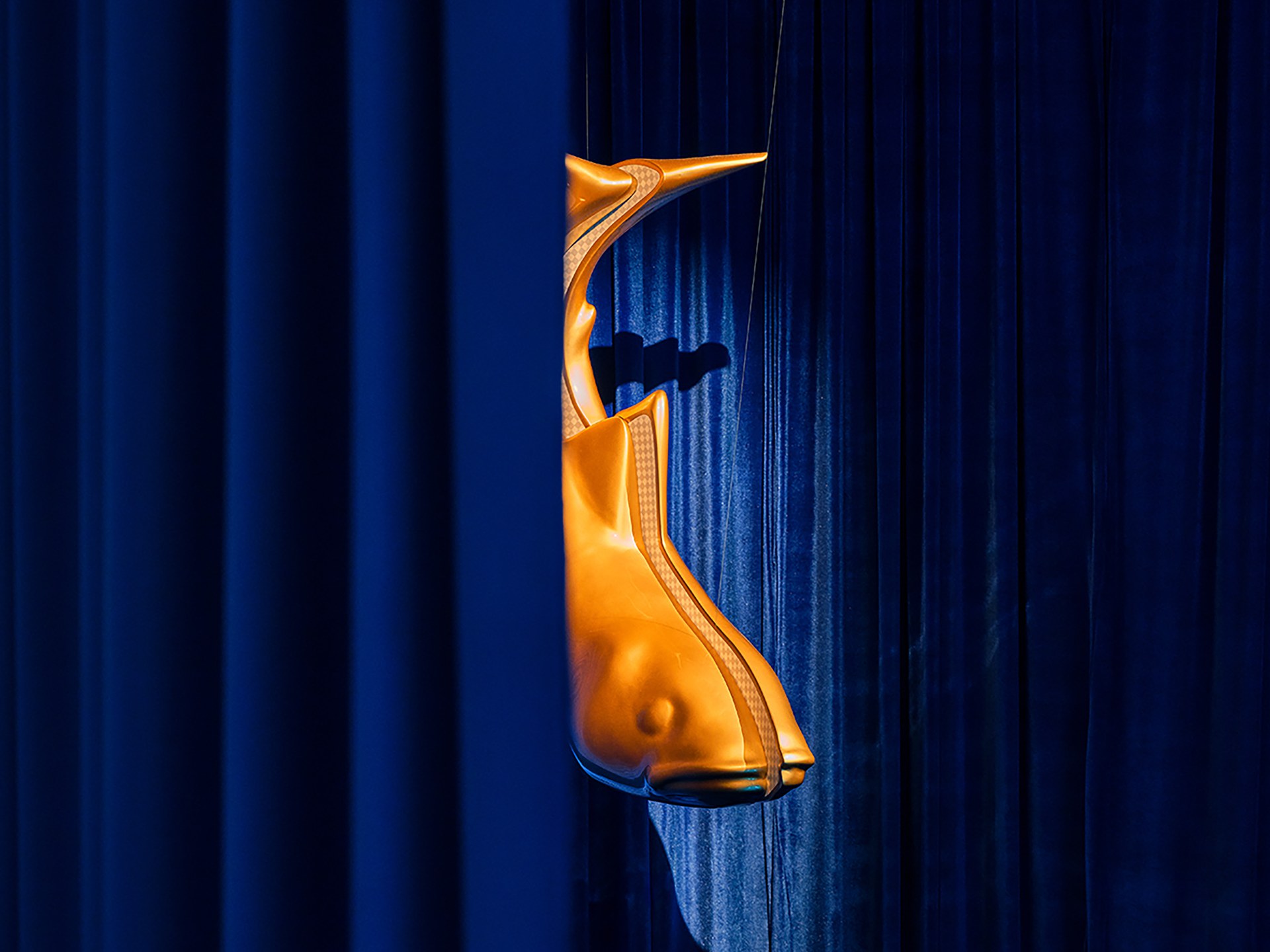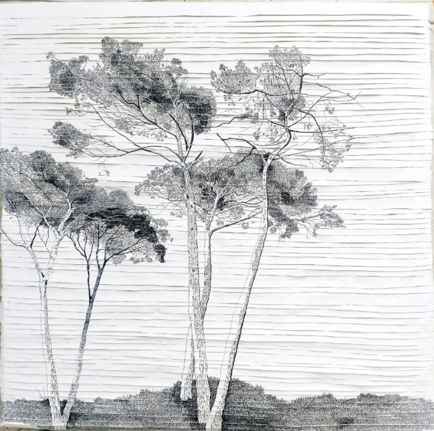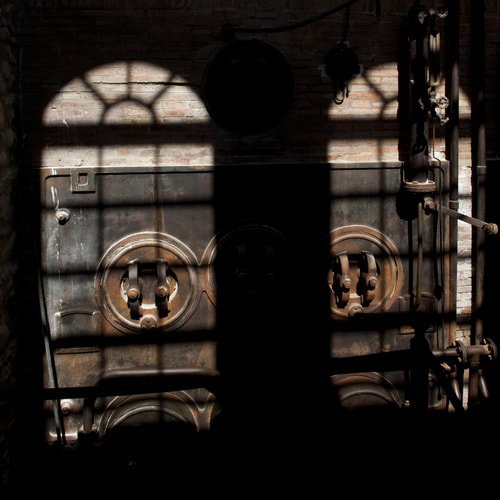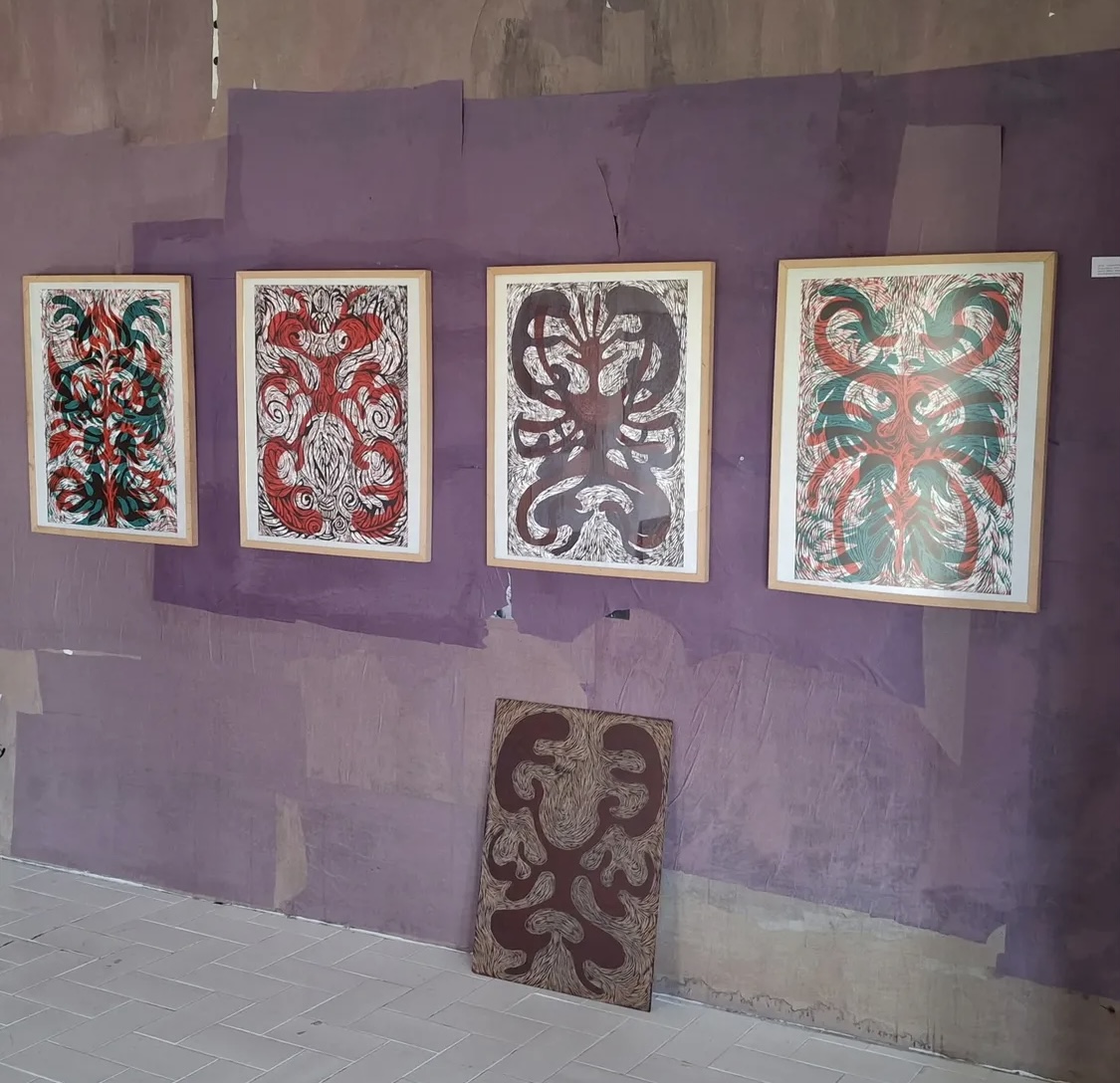reports
TERRASSA, cultural hub
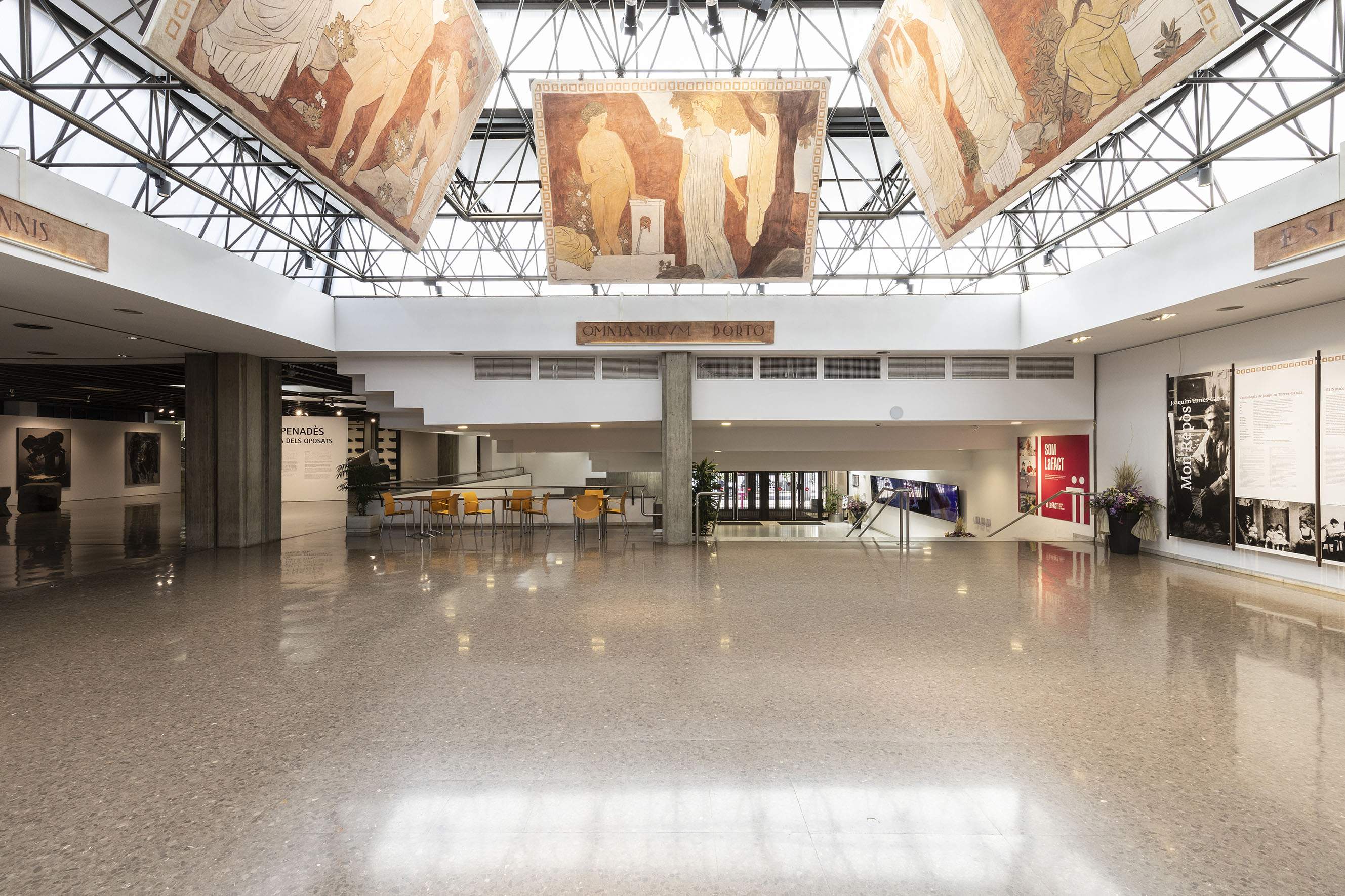
Terrassa is a city with a rich and varied cultural offer that encompasses all areas of artistic creation and dissemination, and that presents facilities adapted to the needs of its cultural activity. It has a rich historical and artistic heritage and a diverse cultural program with dance, music and theater festivals. The profiles of the preserved chimneys show that one of the most important periods of the city was the industrial revolution. The textile sector promoted the creation of unique industrial and modernist buildings, such as the Vapor Aymerich, Amat i Jover (current MNACTEC), the Masia Freixa, the Casa Alegre de Sagrera, the Mercat de la Independència, the City Hall building, the Escola Industrial, the Teatre Principal, the Gran Casino or the Parc de Desinfección, among others. It has an important museum offering, mainly from the medieval period and modernism, and consists of three museums: the Terrassa Museum, which houses the Seu d'Ègara, the Castell-Cartoixa de Vallparadís, the Medieval Village Interpretation Centre in the Torre del Palau and the Casa Alegre de Sagrera, among others; the Textile Documentation Centre and Museum, and the headquarters of the Museum of Science and Technology of Catalonia (MNACTEC).
The current Terrassa Museum is made up of a multidisciplinary set of very diverse collections. The model is of a delocalized structure, which allows for the inclusion of architectural heritage and collections of the natural environment, contemporary art, archaeology, ethnography, applied arts and work by artists from the city, among others. In 1995 it was registered in the Register of Museums of the Generalitat de Catalunya and currently the collections on display amount to approximately 25% of the total collection of more than 26,000 objects.
 Coberta de l’antic edifici modernista Vapor Aymerich, Amat i Jover.
Coberta de l’antic edifici modernista Vapor Aymerich, Amat i Jover.
In the context of a Vallès region fully devoted to the textile industry, in 1946 the embryo of the Textile Documentation Centre and Museum was formed from the private collection of Ignasi Abadal Soldevila, which the wool industrialist Josep Biosca bought and later donated to the city an extensive collection of historical fabrics. Thus was born the oldest museum in Terrassa and the first specialized centre in the Spanish State. Years later, the collection that the Barcelona Provincial Council had acquired from the Barcelona industrialist Ricard Viñas was incorporated into the funds. In the sixties, the City Council and the Provincial Council joined their heritage and efforts to create a larger museum, which opened its doors in 1970 in the same current headquarters. Other collections and many donations would gradually be integrated, and in 1989 the process that would lead it towards a dynamic centre, based on heritage as a value of industrial creation, was launched. Since 1990, the center has maintained temporary exhibitions as the axis of its dissemination vocation. Recently, efforts have focused on the documentation of the collection —the museum currently has more than 130,000 pieces—, on the expansion of the database and the online library catalog, with an ancient collection from the 14th century to the early 20th century. It is a public reference for the country's textile culture and a leader in research, conservation and documentation.
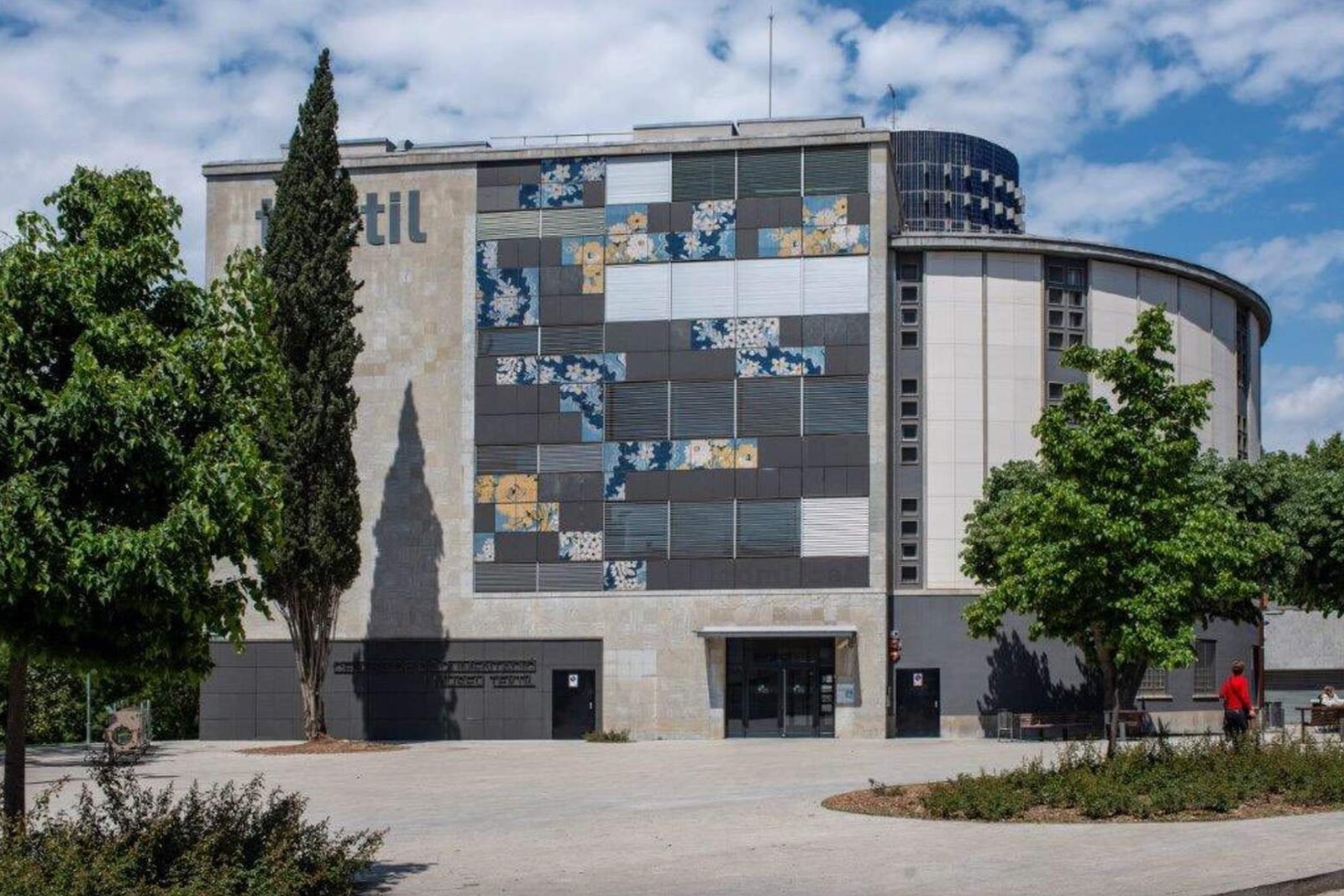 Centre de Documentació i Museu Tèxtil.
Centre de Documentació i Museu Tèxtil.
The National Museum of Science and Technology of Catalonia is located in one of the most emblematic factory buildings of Catalan modernism. It is the result of the baggage that scientific and technical knowledge and innovation —and its industrial application— have developed in our country over the centuries. Although the project began at the beginning of the 20th century, it was not until 1984 that this museological, cultural and social reference materialized. The Territorial System of the National Museum of Science and Technology of Catalonia is a network of 29 museum and heritage centers that explain industrialization in Catalonia through their collections, their exhibitions and the in-situ museumization of the different productive activities that have existed. The MNACTEC and its Territorial System have managed to position themselves as a reference and international model of the specificity and social impact of Catalan scientific, technical and industrial culture. Each of the museums and centers highlights its own uniqueness, with the aim of conserving, researching and enhancing the movable and immovable heritage it preserves, in order to analyze an aspect of industrialization in Catalonia.
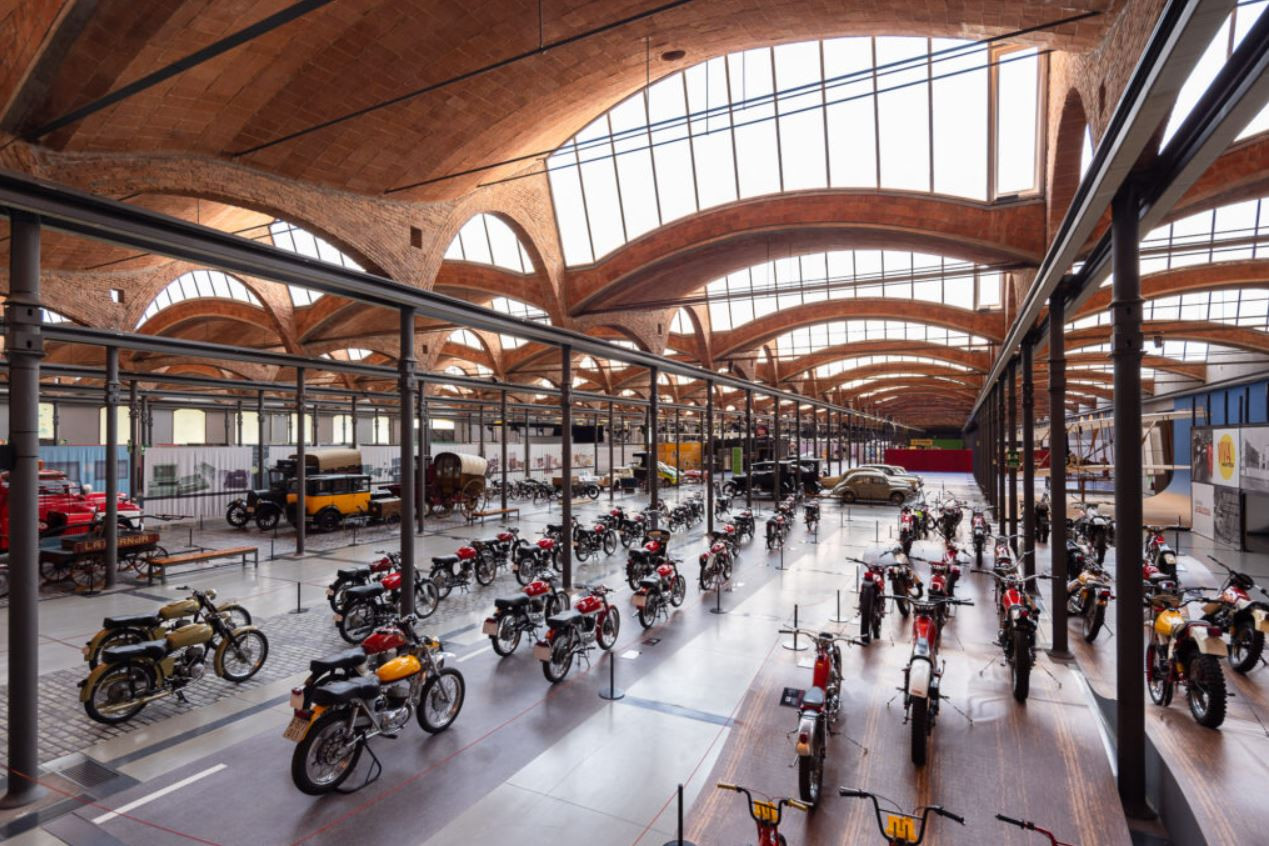
On the other hand, the visual arts are present in the city through the actions and exhibitions promoted by entities, institutions, cultural centers and alternative spaces. The Terrassa Arts Visuals program line is carried out through the team of the Sala Muncunill, a municipal exhibition space located in Plaça de Didó. It is the block or dyeing room of the old Vapor Amat, a factory complex from the last third of the 19th century, remodeled in 1921 by the modernist architect Lluís Muncunill i Parellada and in whose honor the exhibition space was named, inaugurated in 1982. After a few years closed for works, in February 2024 it reopened and did so with three well-defined spaces that have their own character. On floor 0 we find those projects by professional or large-format artists; also the traveling exhibitions organized by other cultural institutions. Espai Dos aims to “support and promote the most critical and risky curatorial practices”. This is where you can see the eleventh edition of the Terrassa Curatorship Cycle, which this year will be entitled Permafrost. Reclaiming the images. An LGTBI archive in Terrassa , curated by Txuma Sànchez. And, finally, Espai Tres is dedicated to local talent and the dissemination and activation of the artistic and creative sector linked to Terrassa, whether they are professional local creators or others in the process of becoming professionals.
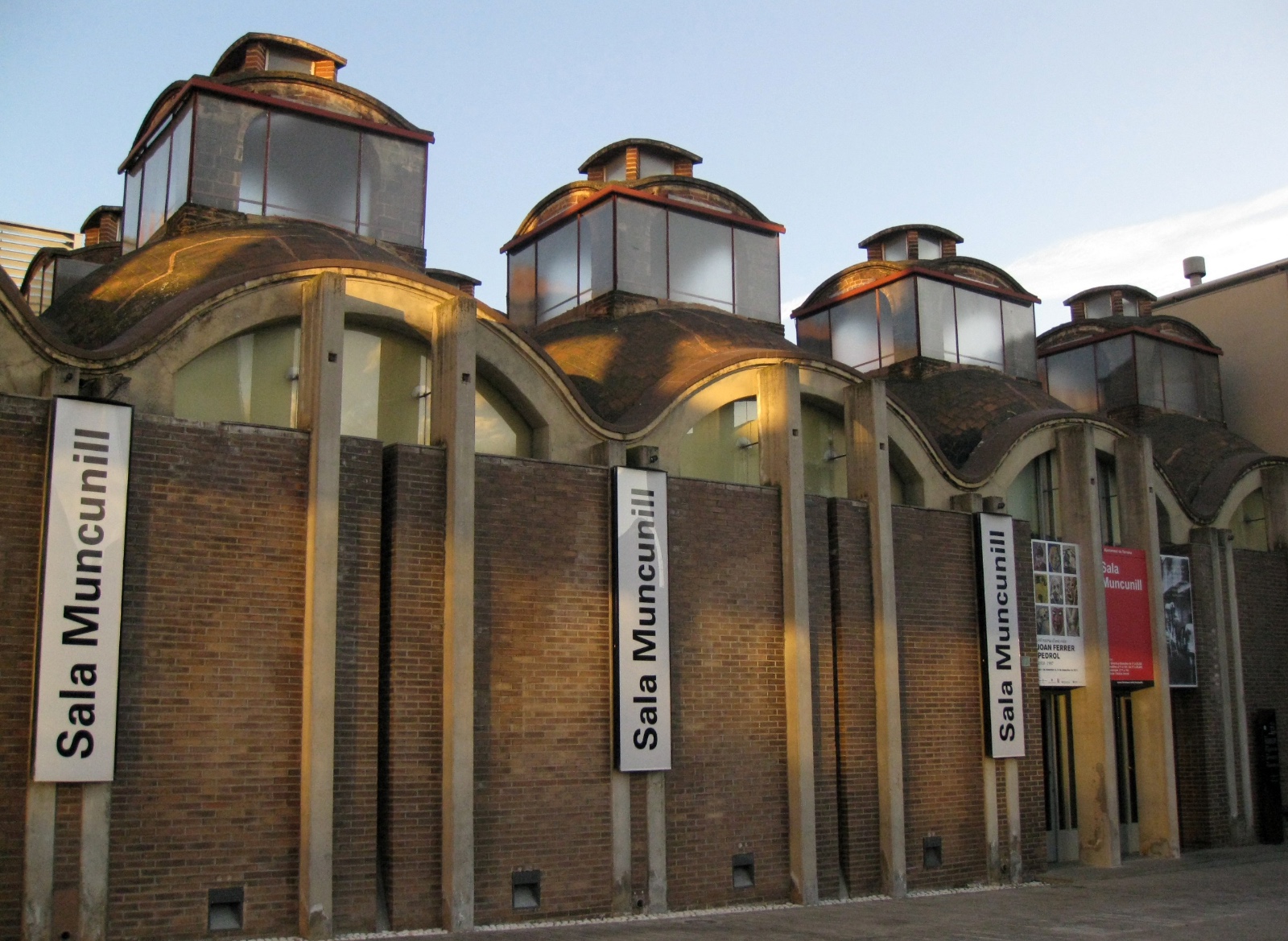 Sala Muncunill a l’antic Vapor Amat.
Sala Muncunill a l’antic Vapor Amat.
As for the private sector, LaFACT stands out, a facility inaugurated in 1980 that offers a wide range of cultural activities aimed at a varied audience with different sensibilities. Each season it has a stable program of visual and performing arts, where dance especially excels, which has become a reference on a European scale. In addition, live concerts, classical music, theater and family shows are scheduled with the aim of offering a quality program that responds to different audiences. Pedagogical activities are also offered with the Exploradores de l'Art program, the purpose of which is to collaborate with schools in the curricular development of the area of artistic, visual and visual education. La Factoria also hosts conferences, congresses and festivals.
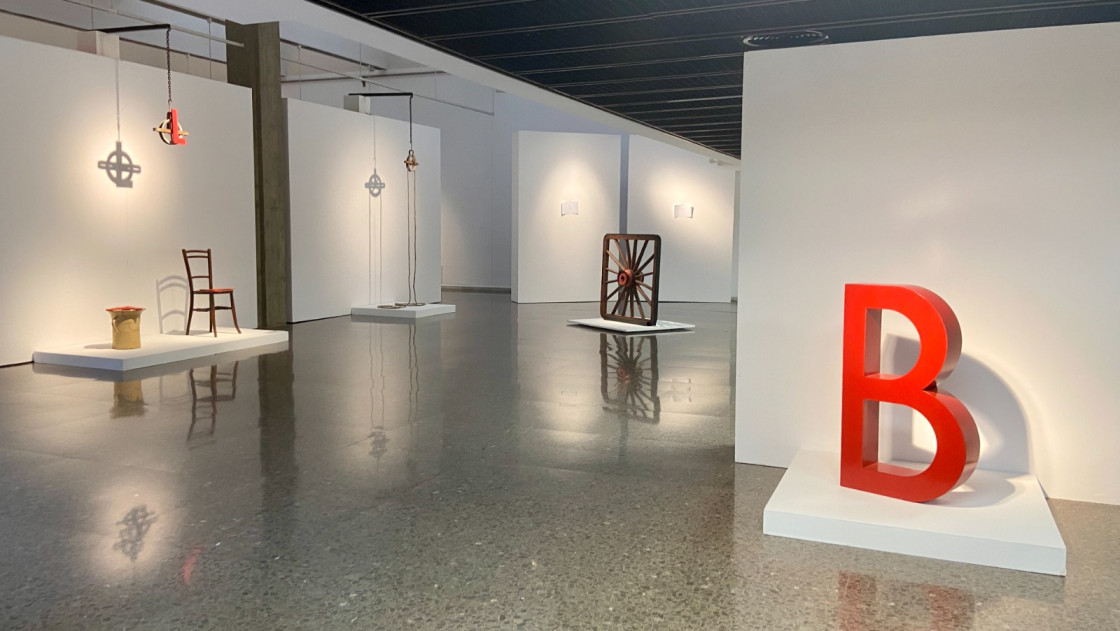 Joan Brossa: Poemes visuals i instal·lacions a LaFACT.
Joan Brossa: Poemes visuals i instal·lacions a LaFACT.



